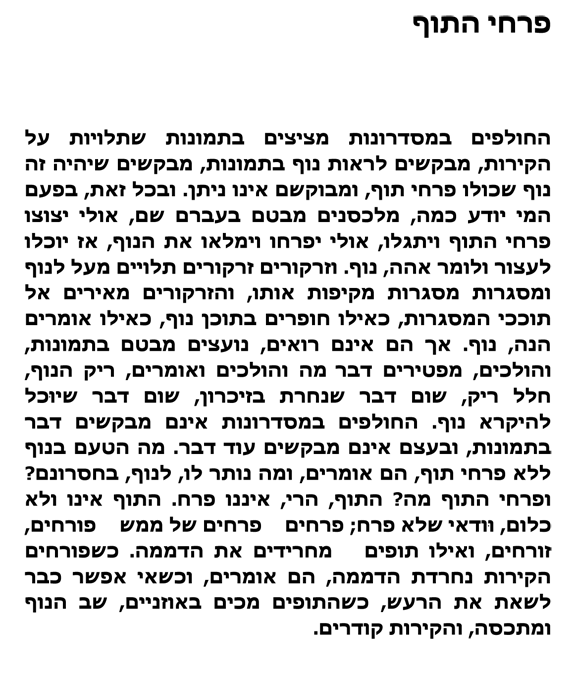
Timbrel Flowers
People walking down the corridors look at the pictures on the walls, wanting to see a landscape in the pictures, wanting there to be a landscape that is all timbrel flowers, and their wishes are not granted. And still, for the thousandth time, they glance sideways as they pass by, perhaps the timbrel flowers will appear, perhaps they’ll bloom and fill the landscape, then they will be able to stop and say, Aha, a landscape. And there are numerous spotlights suspended above the landscape and enclosing frames encircle it, and the spotlights cast their light into the frames, as if digging a landscape inside them, as if to say, Look, a landscape. But they do not see, they fix their look on the picture, and leave, saying something and going and saying, the landscape is empty, a void, nothing that is etched onto the memory, nothing that might be called a landscape. The passersby in the corridors seek nothing in the pictures, and they, in fact, seek nothing more. What’s the point in a landscape without timbrel flowers, they say, and what is left for the landscape in their absence? And what are timbrel flowers? The timbrel after all, is not a flower. The timbrel is nothing, and certainly not a flower; flowers—real flowers—bloom, shine, whereas timbrels—terrify the silence. When the walls flower the silence is terrified, they say, and when it is no longer possible to stand the noise, when the timbrels beat in the ears, the landscape is covered once more and the walls are bleak.
Yoram Naslavsky is the author of In The Sight of This Sun, a collection of short stories published in Hebrew. His short stories have been published in various literary journals in English and Hebrew. Timbrel Flowers was translated from the Hebrew by Anthony Berris.
Anthony Berris was born in the United Kingdom and lived in Israel for most of his adult life. He was a translator and editor. He passed away in summer 2018.

